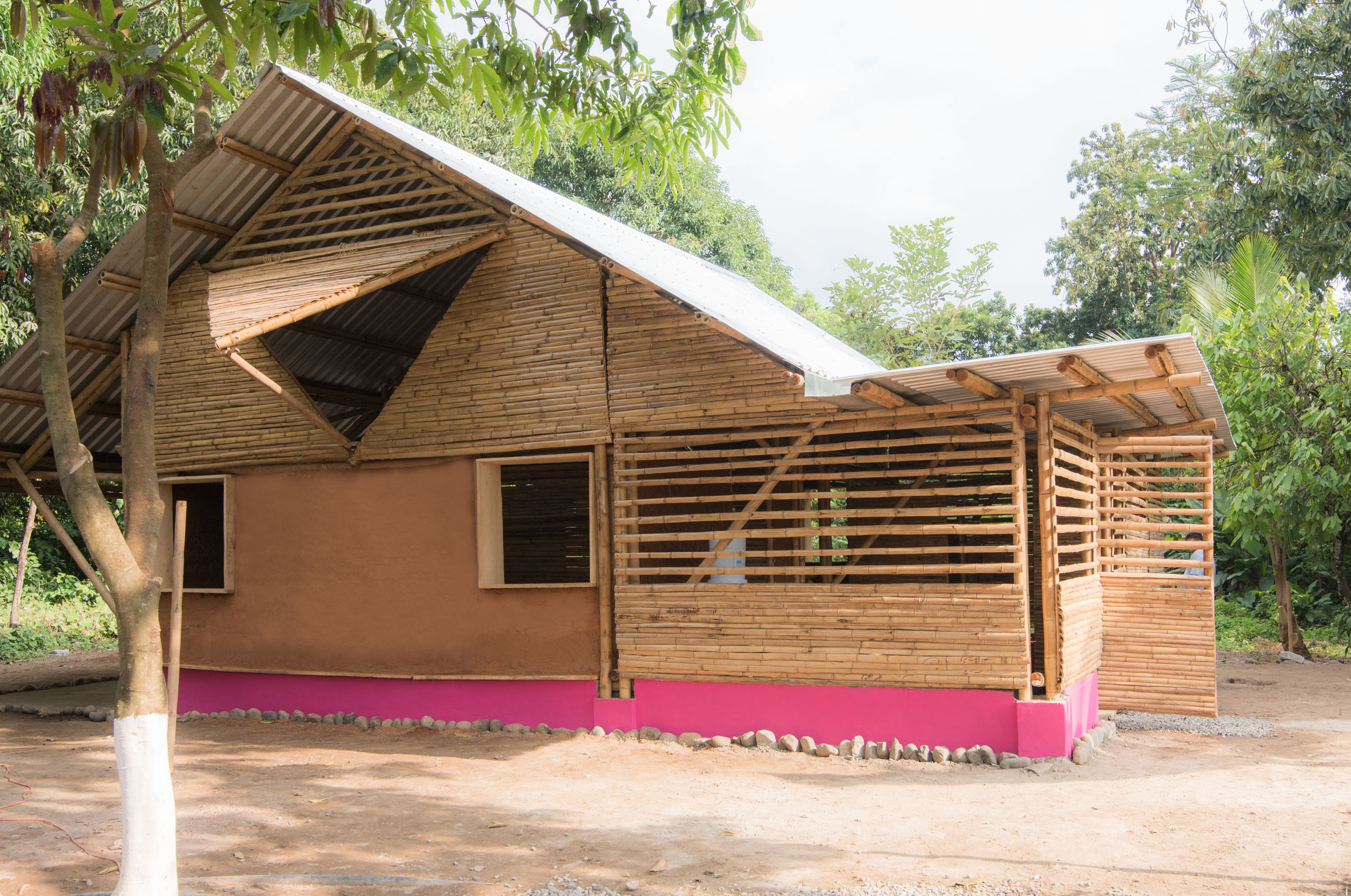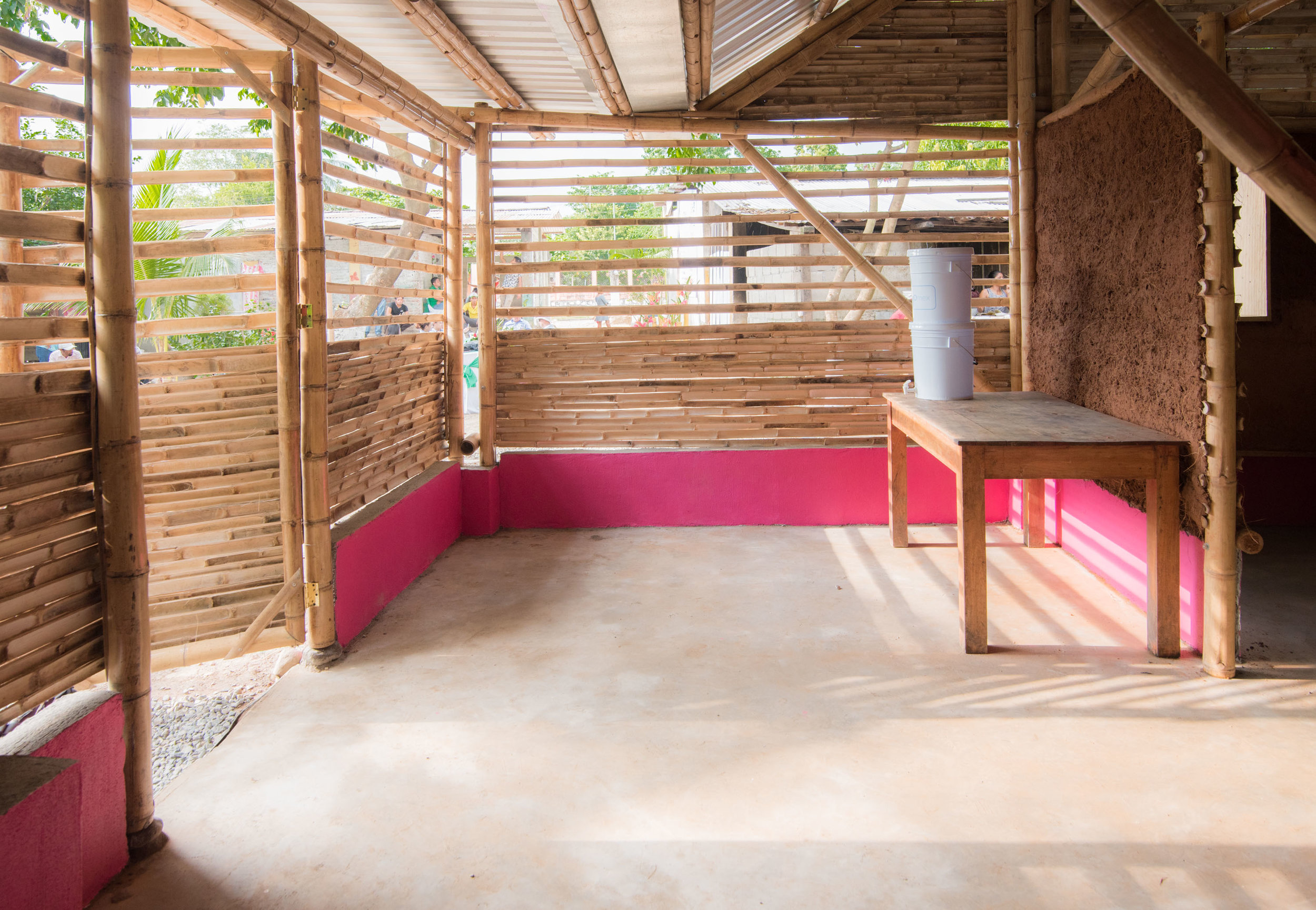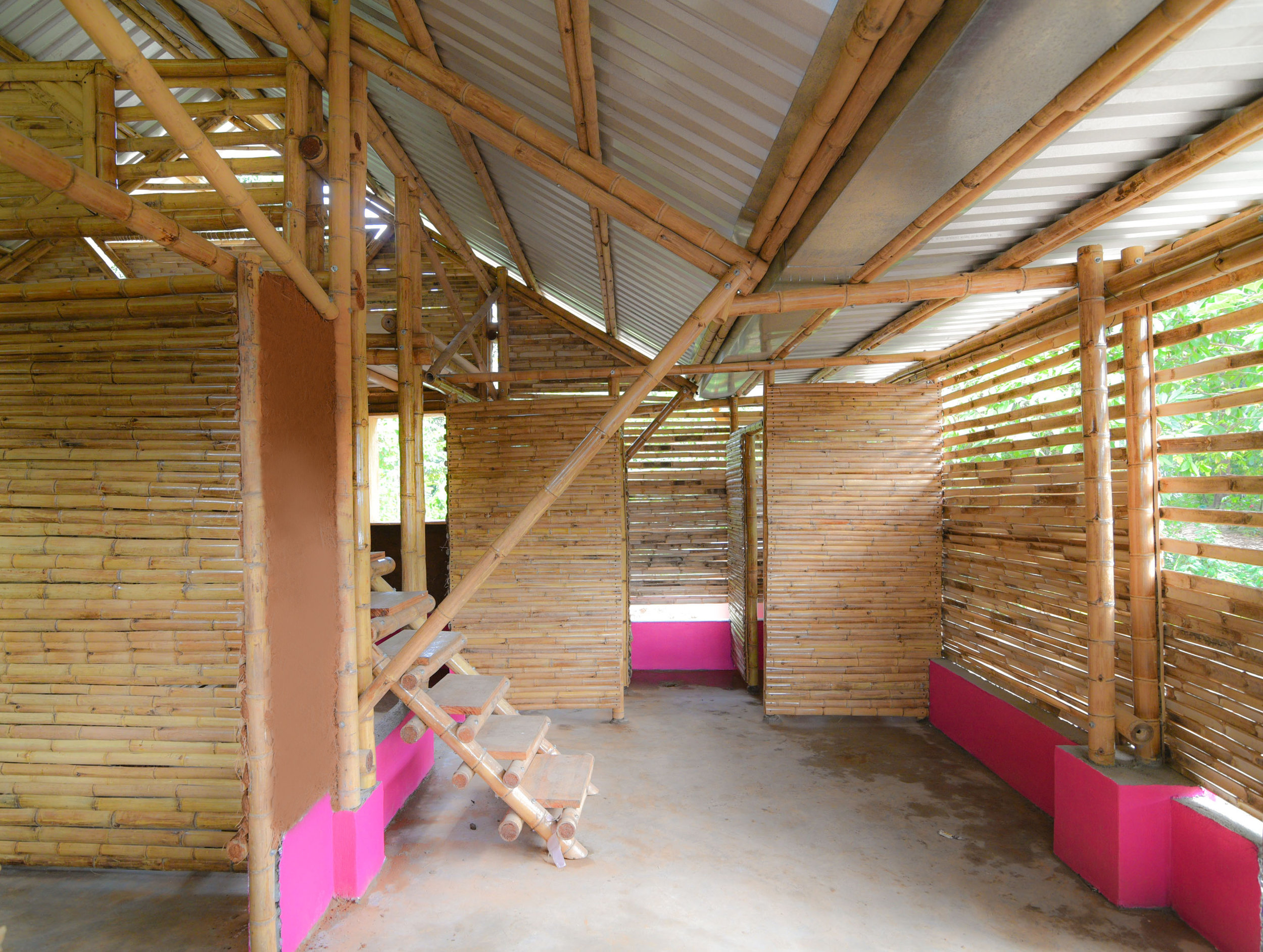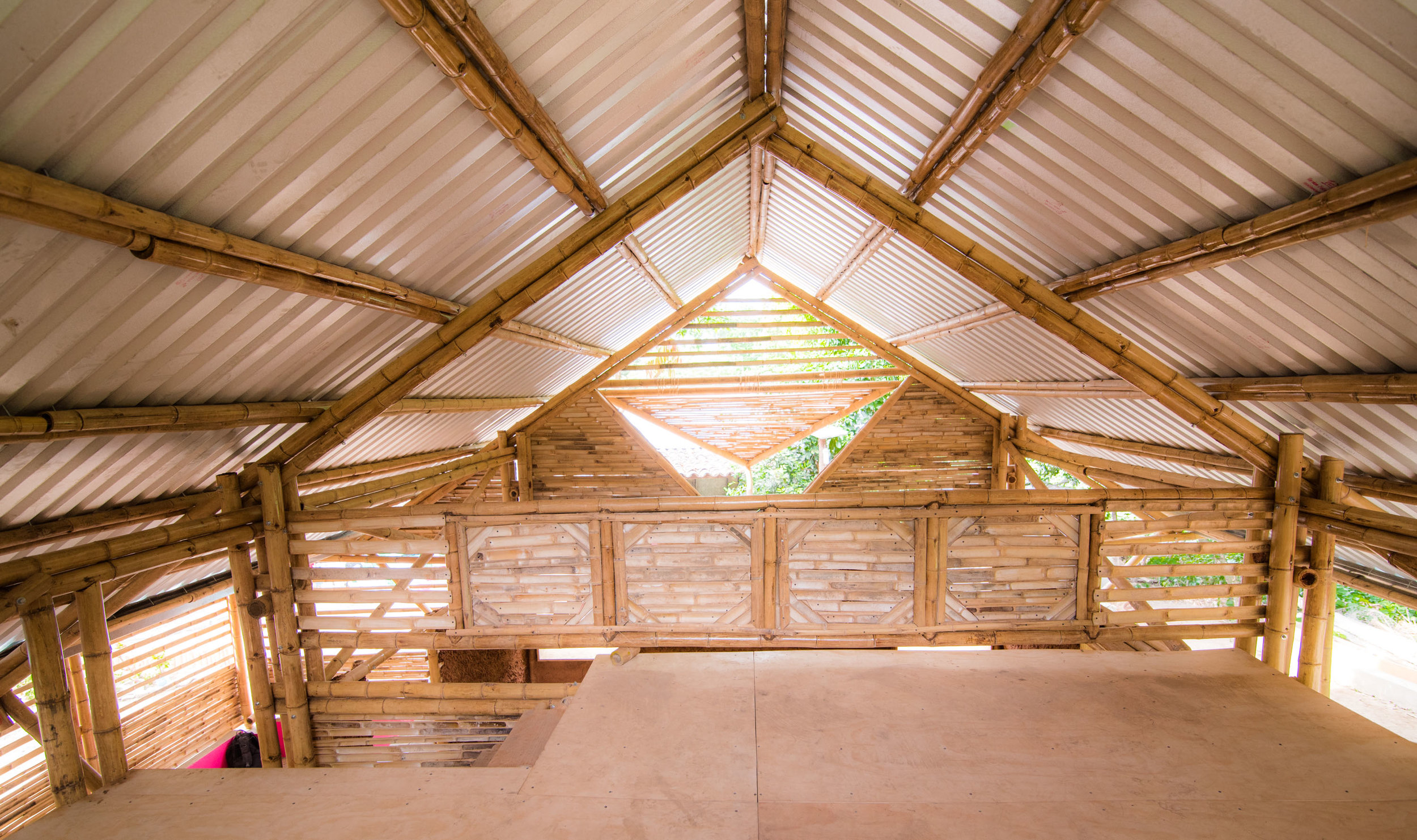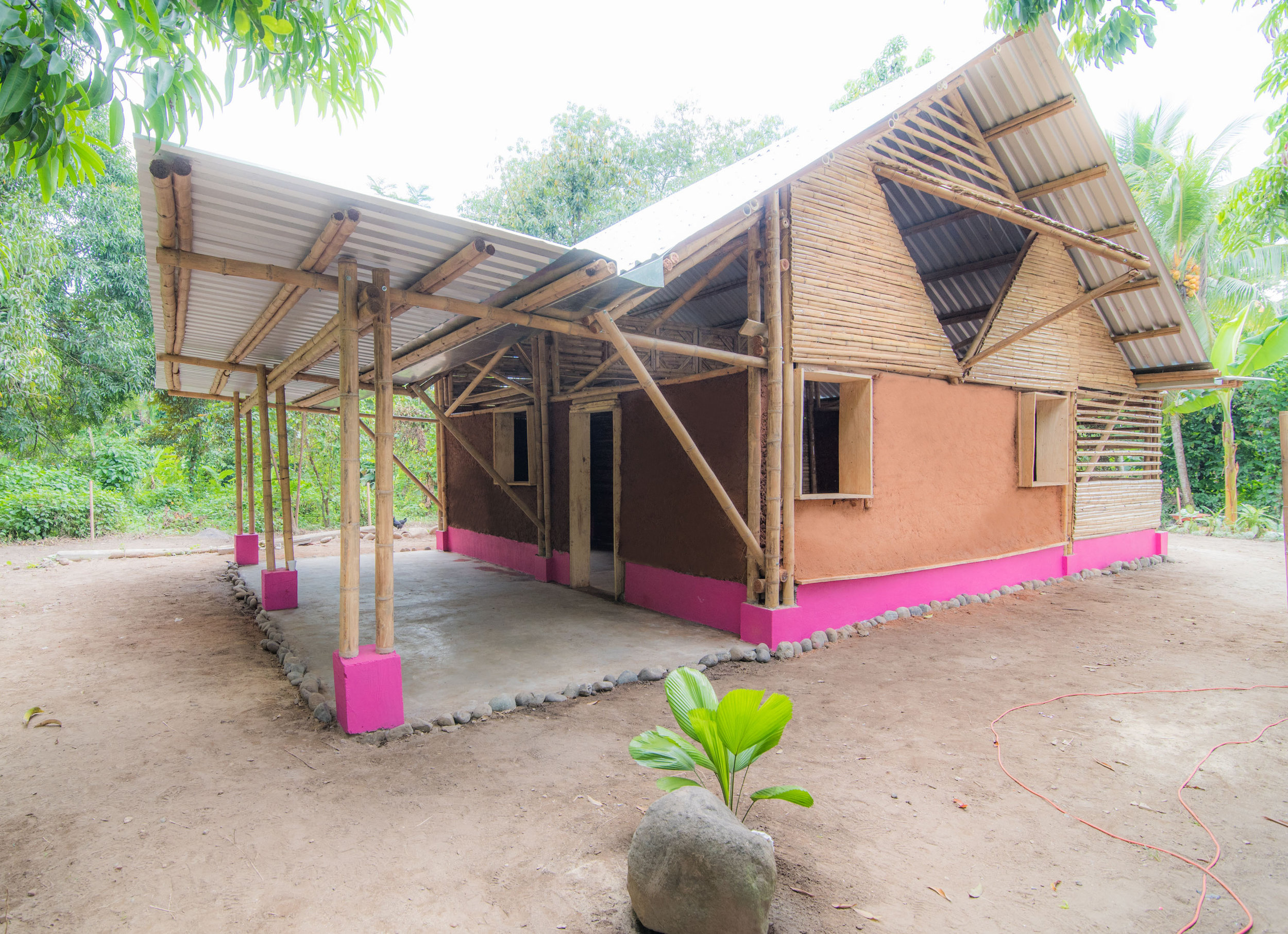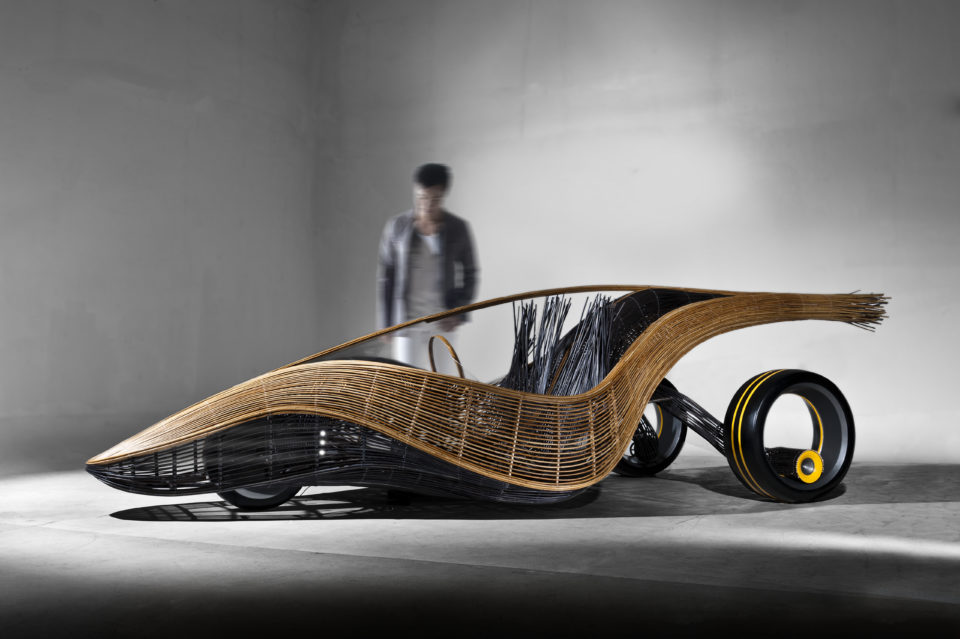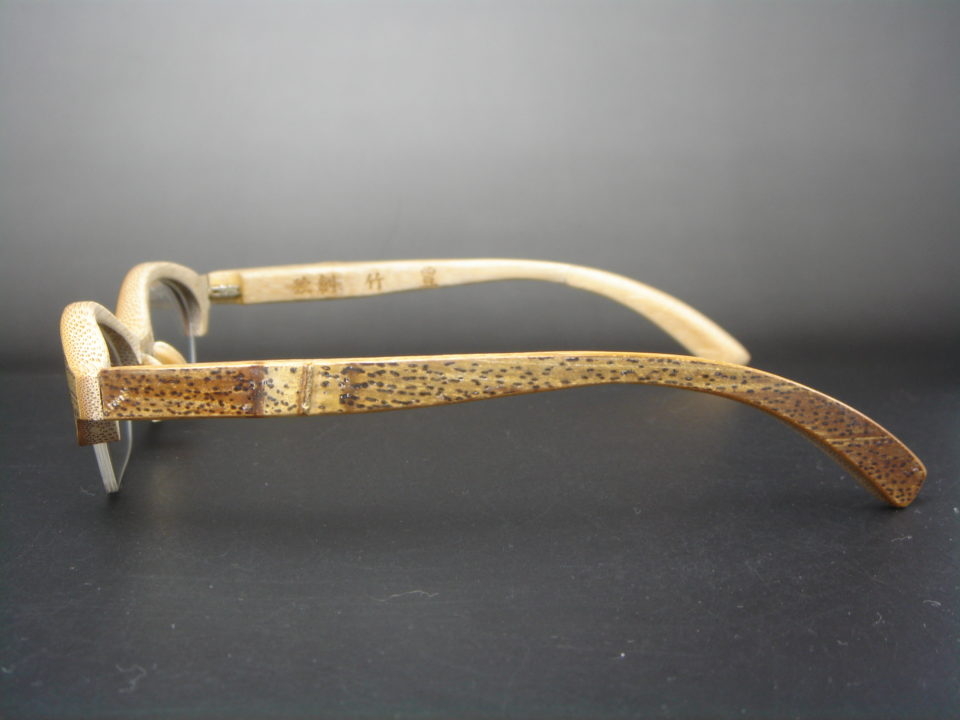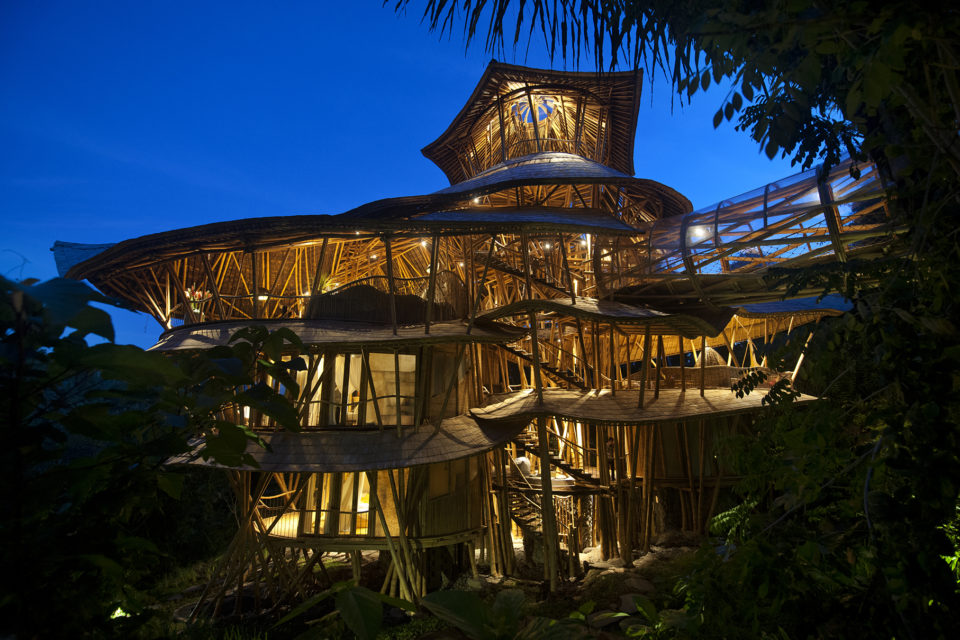Navigating through my LinkedIn today found a post from a person I admire: Hans Friederich, Director- General of the International Network for Bamboo and Rattan (INBAR)
I have been working for some years exploring the uses for bamboo fibers and with GRASSBuilt, great advances were done in America. As a true believer of added values I wanted to show you parts of the article that are extremely interesting. At the end you will find a direct link if you would like to read the full content.
Source: makingitmagazine.net
Good business: Opening the bamboo curtain
9 January 2018
Profile of Xinzhou Bamboo, a company using innovative bamboo winding technology to produce low-carbon, long-lasting and cheaper piping
Bamboo is one of the fastest growing and most powerful plants in the world. According to Hans Friederich, Director- General of the International Network for Bamboo and Rattan (INBAR), “Bamboo has thousands of uses – from paper and packaging to furniture and flooring – and we are discovering new applications every year. We have even heard of bamboo being used for wind turbine blades! People are always surprised at the products bamboo can make. This is because of the plant’s amazing properties: it is flexible but also very resilient, and as a member of the grass family, reaches maturity far quicker than most types of tree.”
Bamboo pipes
YE Ling put the two together. With decades of experience in research and development of composite pressure pipe and containers behind him, in 2006 Ye pioneered wound bamboo composite pipeline technology. In the following year, he established a research and development team to test the feasibility of the concept. Today, Ye is director of the Engineering Research Centre for Bamboo Winding Composites (ERCBWC), part of the State Forestry Administration, and is chairman of the board of Zhejiang Xinzhou Bamboo-based Composites Technology Co., Ltd. (Xinzhou Bamboo).
The company uses bamboo as reinforced materials, processing the thin-walled and hollow bamboo into a continuous strip of sheet material. Bamboo winding pipe has the advantage of high-compression strength, doesn’t corrode and has outstanding electricity and thermal insulation performance. It can replace most welded steel pipe, polyethylene pipe, pre-stressed steel tube concrete pipe and other traditional pipes in the market, and can be widely applied to municipal water supply and drainage pipe networks, irrigation and other water transport areas. It has the potential to significantly reduce the use of plastic, steel and cement.
Unlike plastic, steel, cement and other traditional pipe materials, the wound bamboo composite pipes are environmentally friendly. Bamboo is a sustainable, low-carbon resource. As Ye proudly says, “Replacing traditional pipelines with wound bamboo composite pipelines means replacing high-polluting, high-energy-consuming, non-renewable materials with renewable resources,” adding that it also means saving money. Even conservative estimates suggest that they can reduce costs by 20%.
For Full Article Click HERE









